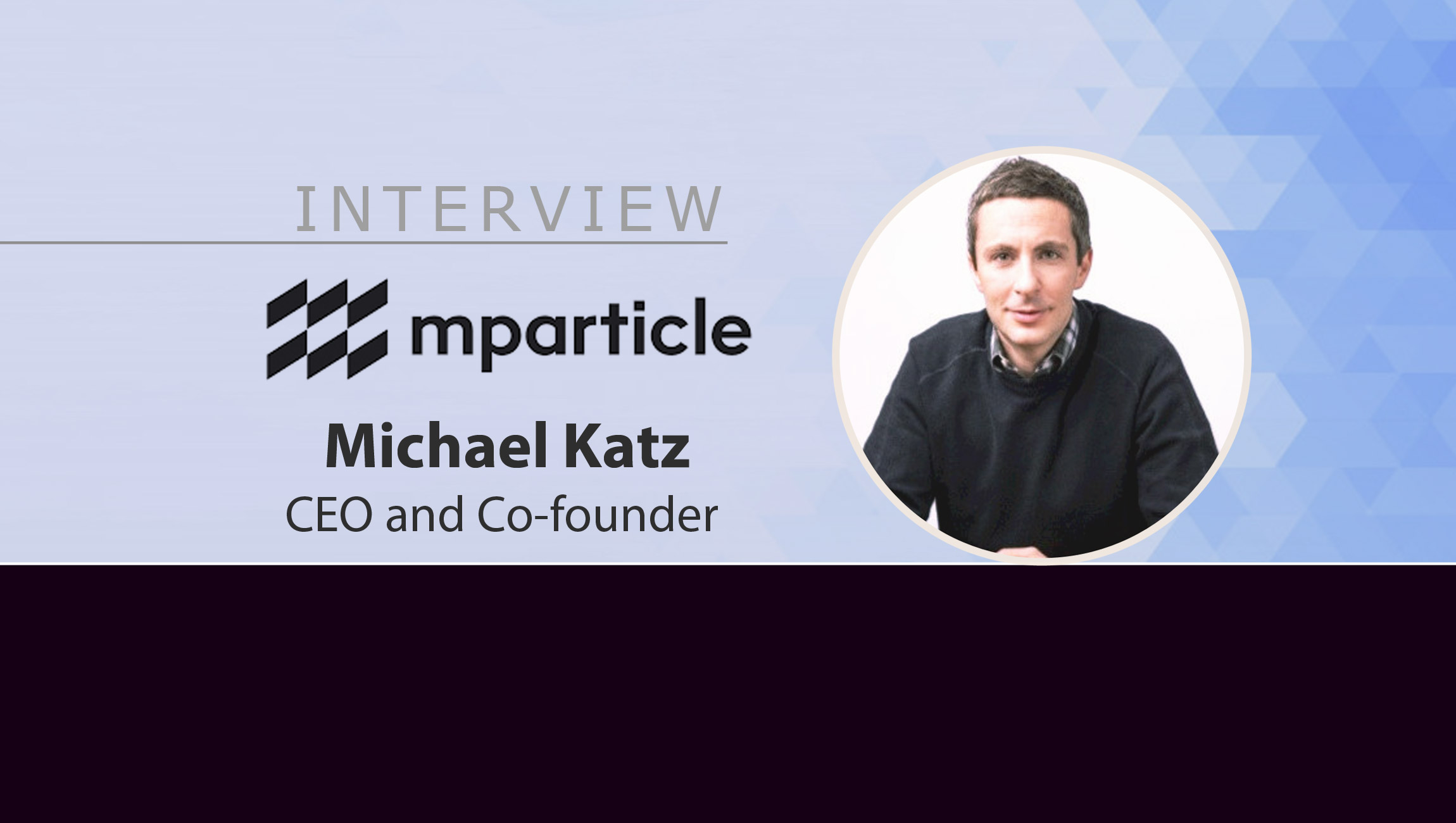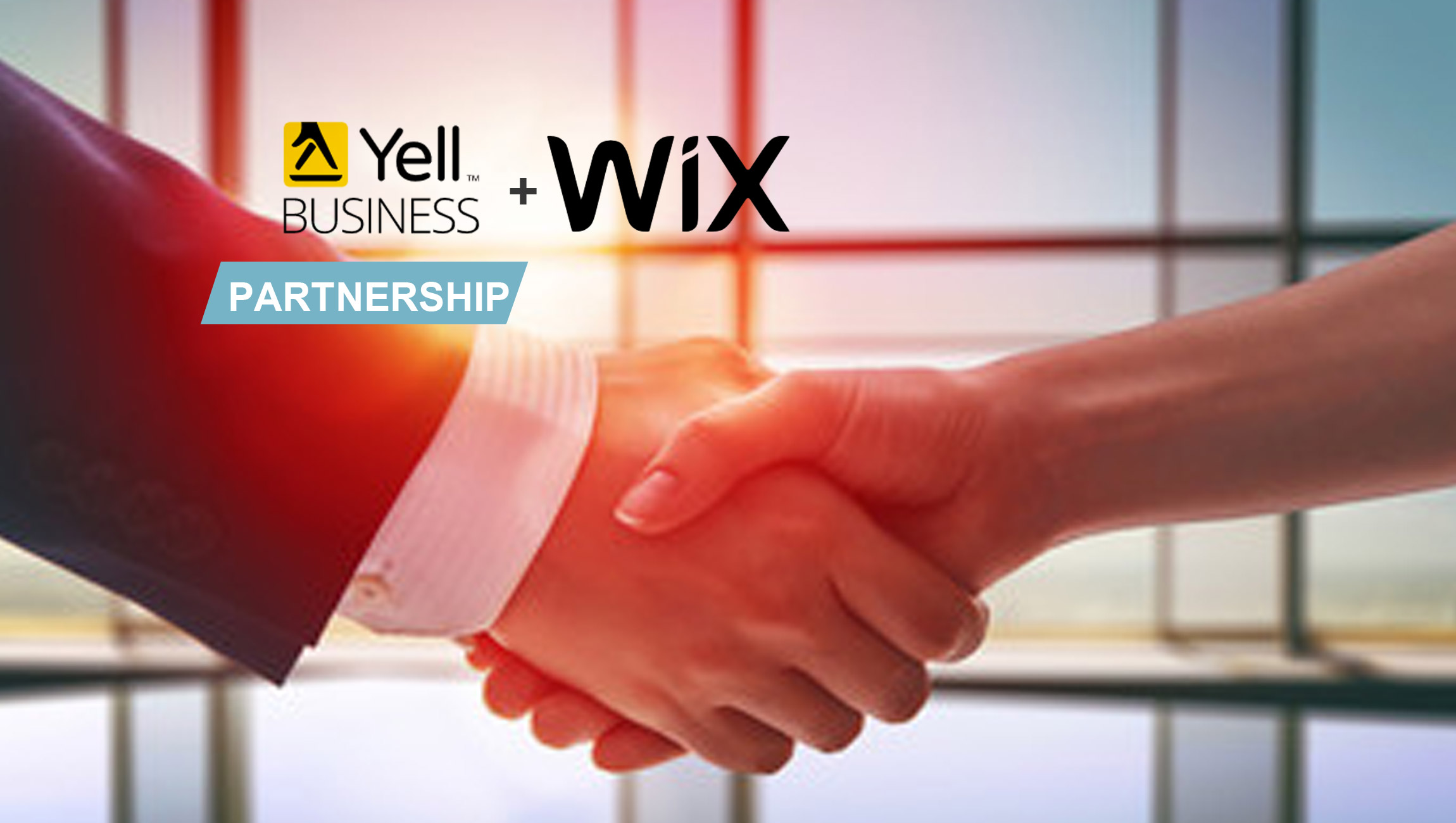People tend to look at site speed optimization and SEO as separate categories. However, they’re both part of the same equation.
Over the last decade, site speed and SEO have gone hand in hand.
In fact, when you Google “page speed for SEO,” there are more than 65 million results!
There are many articles and case studies that explain how page speed affects SEO, how to reach 100% in PageSpeed Insights, and how to improve a website’s speed for more conversions.
Although it’s a frequently discussed topic, the impact of page speed on SEO is still a question that even the experts in the field can’t reach an agreement on.
The truth is that the relation between the two is pretty complex, and it requires a more detailed explanation.
Marketing Technology News: MarTech Interview with Dinesh Arora, CTO at CareerBuilder
Where SEO and Page Speed Optimization Overlap
Search engine optimization is a comprehensive task that includes different methods and techniques. One of those techniques is page speed optimization.
It’s important to understand that page speed optimization is a piece of the SEO puzzle. They’re not entirely separate things, and the notion of putting them against each other is misleading. In fact, back in 2010, Google made page speed a part of their ranking algorithm because load time is vital for the user experience.
Since then, we have been witnessing the process of moving from Search Engine Optimization to Search Experience Optimization. SEOs, marketers, and website owners started putting more effort into optimizing their sites for the user experience rather than only satisfying search engines’ needs.
Another proof of this transition is Google’s plans on releasing (in mid-June) an algorithm update and its newest ranking factor – Core Web Vitals.
Core Web Vitals are three metrics – Largest Contentful Paint (LCP), First Input Delay (FID), Cumulative Layout Shift (CLS) – that website owners should focus on when optimizing for user experience.
Put simply, page speed continues to be an essential factor for Google and a vital part of the SEO mix. People need to understand that SEO and website speed optimization work towards the same goal – providing people with the best possible experience, through useful answers to their search queries on pages that are fast and secure.
However, there’s a common misconception regarding page speed and its impact on SEO.
The Misconception About Page Speed’s Importance
As I mentioned earlier, page speed has been a ranking factor for more than a decade now.
Throughout the years, many people have speculated about page speed’s impact on the SERP. What’s more, some have labeled it as the “most important” ranking factor.
Here’s the thing:
Page speed is not (and has never been) the most important ranking factor! Google confirmed that in Page Speed: SEO Mythbusting.
People tend to fall for these kinds of statements because SEO itself is a complex topic, and focusing on a couple of ranking factors makes it easier to comprehend.
However, Google’s main job is to provide the best answers to search queries. It’s not showing the fastest or prettiest page.
Having that in mind, page relevancy is still more important than load time!
It’s important to realize that achieving a top ranking is a mixture of different things. That’s why you have to cover as much of the SEO spectrum as possible.
Marketing Technology News: MarTech Interview with Wendy Gonzalez, CEO at Sama
The Complexity of Search Engine Optimization
To put things into perspective – Google uses over 200 ranking factors!
It’s definitely not an easy task to rank a web page highly in the SERP. Furthermore, focusing on a single ranking factor like page speed can’t guarantee a top ranking.
The entire SEO process is really complex, and it covers many different aspects, such as Оn-Page SEO, Technical SEO, Keywords Research, Link Building, Competitors Analysis, etc.
When it comes to putting things into practice, there are some SEO techniques that you can’t go wrong with. Before proceeding with them, it’s important to say that we don’t offer SEO services, so we get information directly from the primary source [Google]:
Tip #1: Creating Relevant Content
Above any other ranking factor, Google will always prioritize the most relevant search results. Here’s what they say:
“In general, we (Google) prioritize pages with the best information overall, even if some aspects of page experience are sub-par. A good page experience doesn’t override having great, relevant content.”
Tip #2: Search Intent
Creating content based on the users’ search intent is another technique that can boost your rankings. To understand how important intent is for Google, you can visit the latest edition of their Quality Rater Guidelines or their report on “How Search Intent Is Redefining the Marketing Funnel.”
Tip #3: Great User Experience
It would be foolish of me not to include the user experience in this list. Google is paying more and more attention to it. The rolling out of Core Web Vitals combined with page speed being a ranking factor for more than a decade is a solid hint that Google cares about users’ experience on the web.
Of course, there are numerous other methods and techniques for search engine optimization. It’s a complex process, and the above mentioned ones are just fundamental to it.
How to Optimize a Website’s Performance
Before moving on to some practical advice on website speed optimization, it’s good to know that it is an equally complex process as SEO.
However, here are some improvements that you can make to speed up your website:
Tip #1: Cache Your Website
Web caching means storing a copy of a website’s resources in a different place than the origin server. Its effect on site speed is huge.
Tip #2: Use a Content Delivery Network (CDN)
CDNs are networks of servers positioned worldwide. Using a CDN reduces the distance between users and web resources, making the latter load faster.
Tip #3: Lazy Load Images
This technique massively improves page speed. In a nutshell, it ensures that images are loaded only when the user needs them.
Marketing Technology News: MarTech Interview with Tyler Lessard, VP Marketing at Vidyard












Comments are closed.